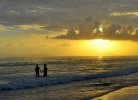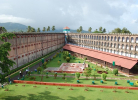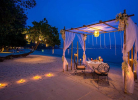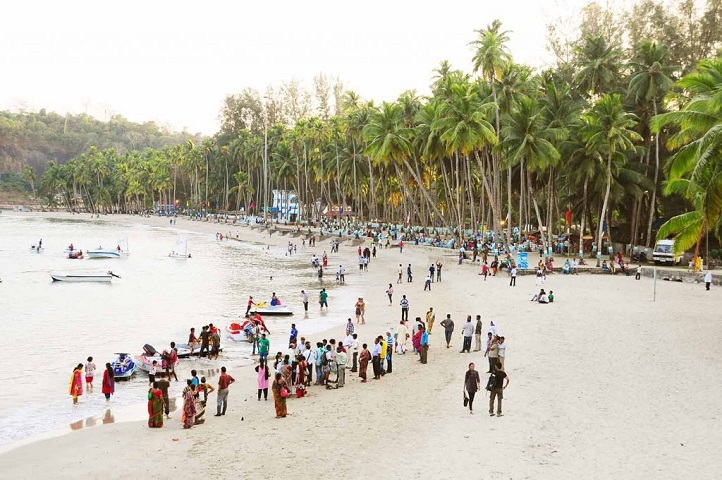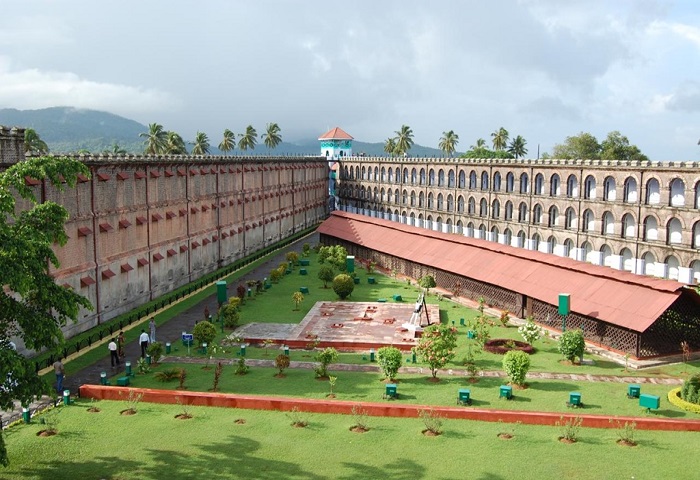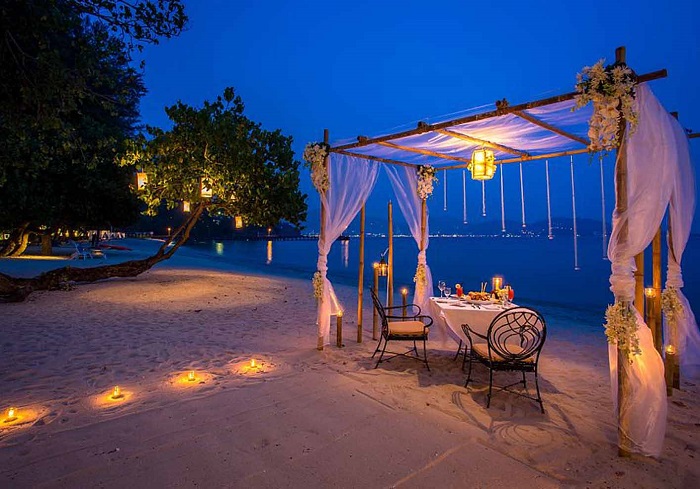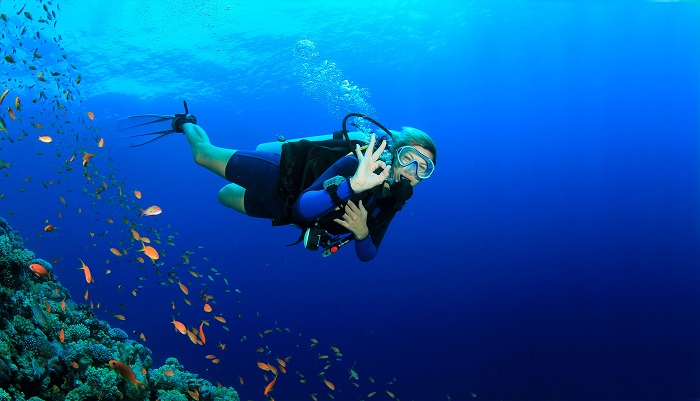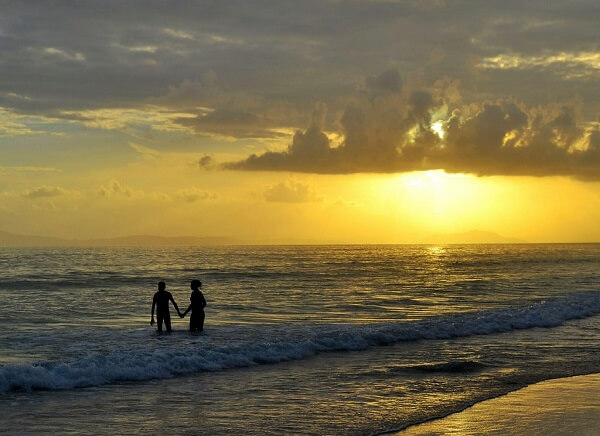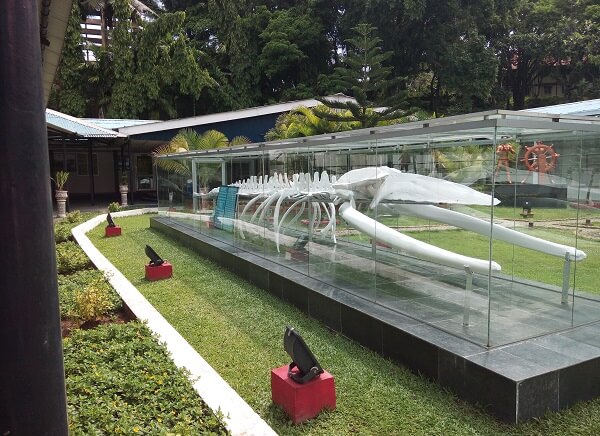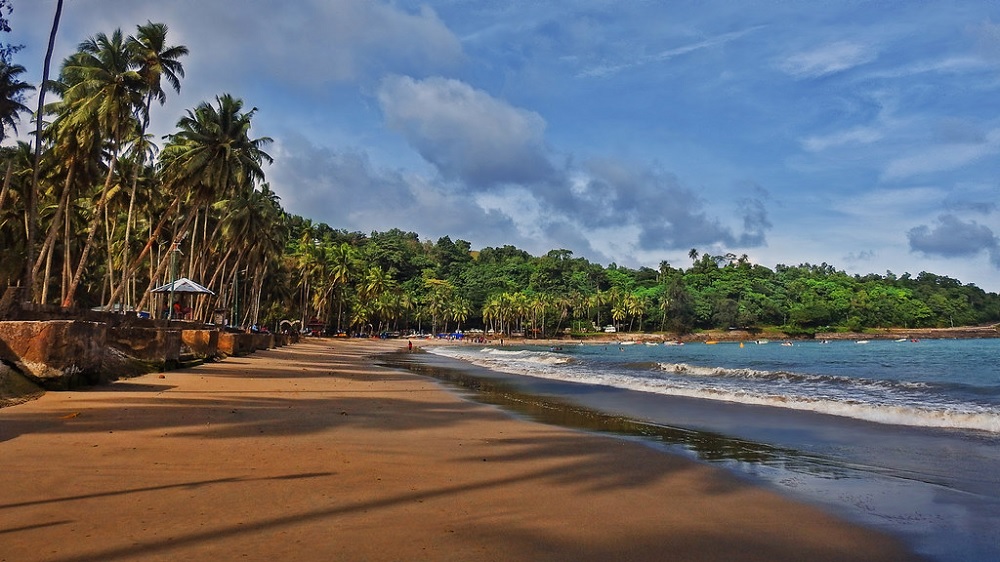History of Andaman and Nicobar Islands
First inhabitants
The details about initial human settlement and kingdoms of Andaman Island are lost with time.
According to anthropologist studies, there have been settlements in these islands since more than 2000 years ago. It is believed that the Andaman region was the origin of tribes of the Malay and Negrito regions of Southeast Asia.
Chola Empire period
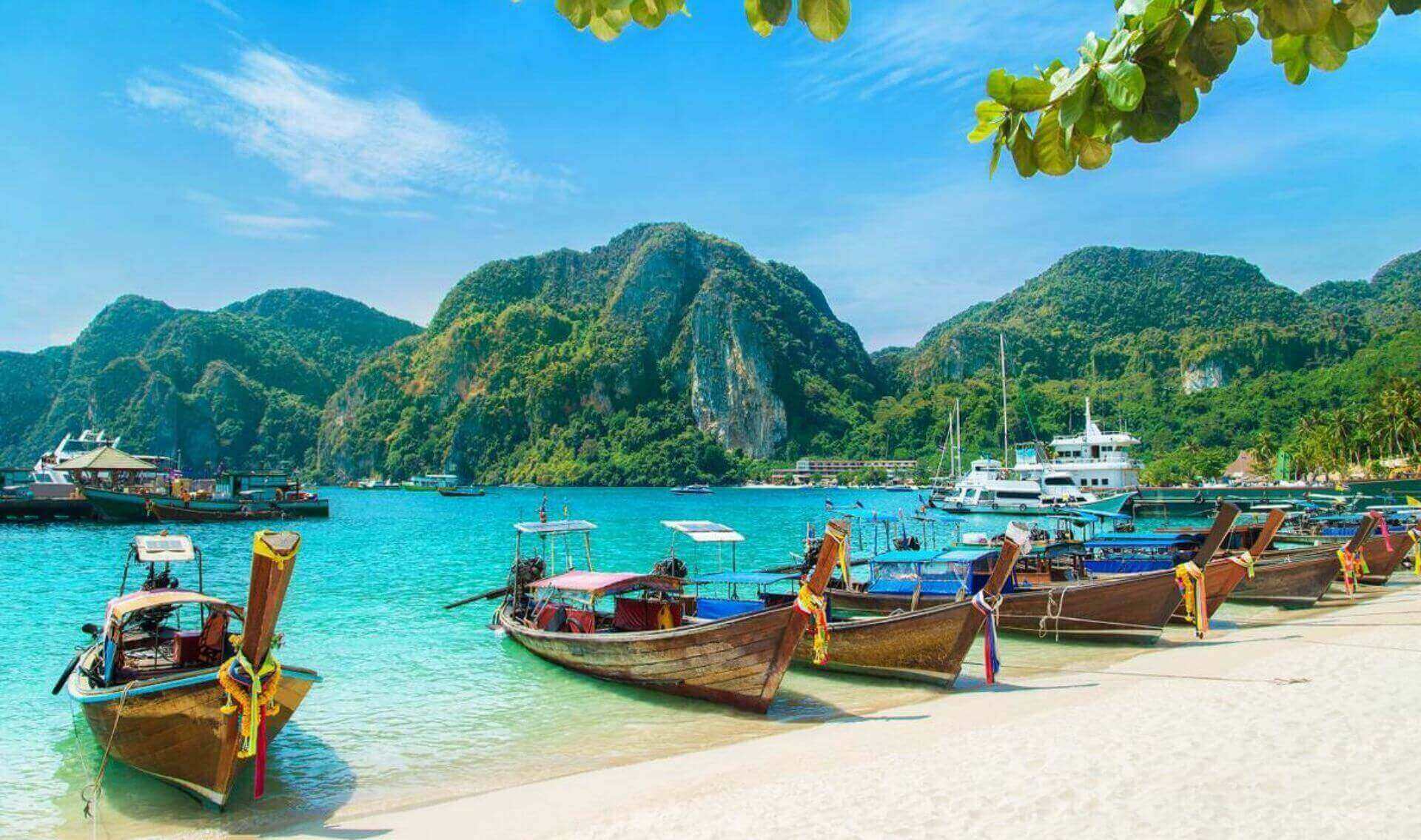
Rajendra Chola I of India used the Andaman regions as his naval base in the 9th century. He used this base for his expeditions to the Indonesia region. The earliest literature recordings to history related to Andaman was made in the 10th century by Buzurg Ibn Shahriyar, who described this island to be inhabited by cannibals.
Marco Polo, the traveler also mentioned about the tribes of this island. There are inscriptions in the Tanjore temple of Tamil Nadu about Impure Islands (Today’s Andaman and Nicobar Islands).
The island gets its name from An-de-man Mountain, the name given to this region by the 15th century traveler, Zheng He.
Danish colonial period and British rule
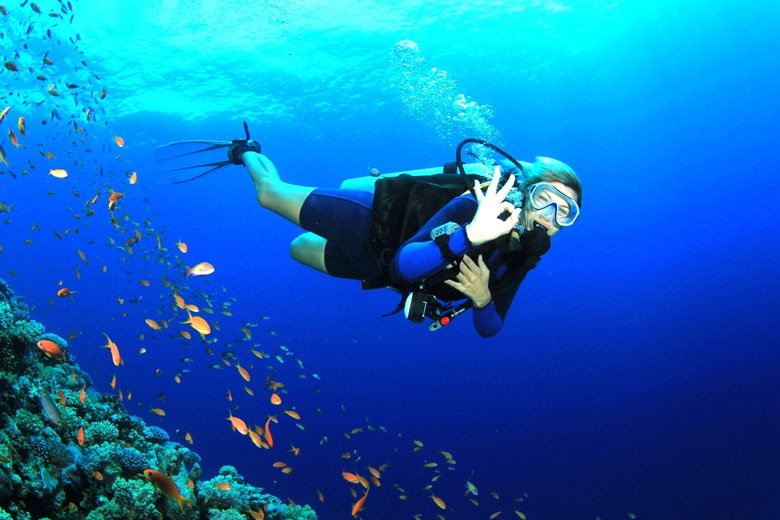
The islands of the region were visited in the 18th century by the navy of East India Company, as it was on its trade route between India and Myanmar. At the end of the 18th century,the British started a base on this island, which is now, the Port Blair.
After the Indian Rebellion of 1857, the British were in need of a large area to remand the protestants.
Thus, they converted the Andaman settlement into a prison area (the Cellular Jail). The construction of the jail started in 1857 using the inmates of Andaman. Demark had control over the Nicobar Island regions until the 19th century but, sold them to the British.
In the mid of 19th century, a great battle took place between the tribal population of Andaman and British and the locals lost the post to the invaders.
Today, the tribal population is almost extinct. There are efforts undertaken by the current government to increase the population of the tribal people. The cellular jail construction was completed in the 20th century.
During this time, Andaman was called as Kala Pani by the Indians. The Viper Island region was used for executing death sentences for the inmates of the prison.
World war II
During the second world war, the Japanese tried to invade Andaman. They started out as an ally for Subash Chandra Bose again the Britsh invaders during 1943.
But, Bose hoisted the flag of India and proposed to annex the region with India. Angered Japanese left the island after killing 750 innocent people.
After the closure of World War II, the British proposed that the jail would cease to work and the inmates would be freed. However, the process did not complete until after independence.
After Independence
After independence, the Andaman and Nicobar Islands became a union territory to the country and it was filled with a population of refugees from Bangladesh and other regions.
The cellular jail ceased to operate and the inmates were given options to return back to India or settle down in Andaman. The population was just under 380 thousand during the time of independence. Later, the islands started to thrive as beach destinations.
2004 Tsunami
In 2004, the islands were heavily damaged by an earthquake that originated in the Indian Ocean, which resulted in a tsunami. This was the world’s longest recorded earthquake until today, which lasted up to 600 seconds.
Ancient tradition about sea warning among the locals helped in fast evacuation and thus, reducing the damage to human lives, tremendously. Even then, more than 2000 people were dead and 40,000 people were homeless.
However, Andaman was quite safer than the Nicobar Islands. Nicobar Islands’ one-fifth of the population was killed during this disaster. Today, Andaman is still thriving as an important tourist destination in India.



